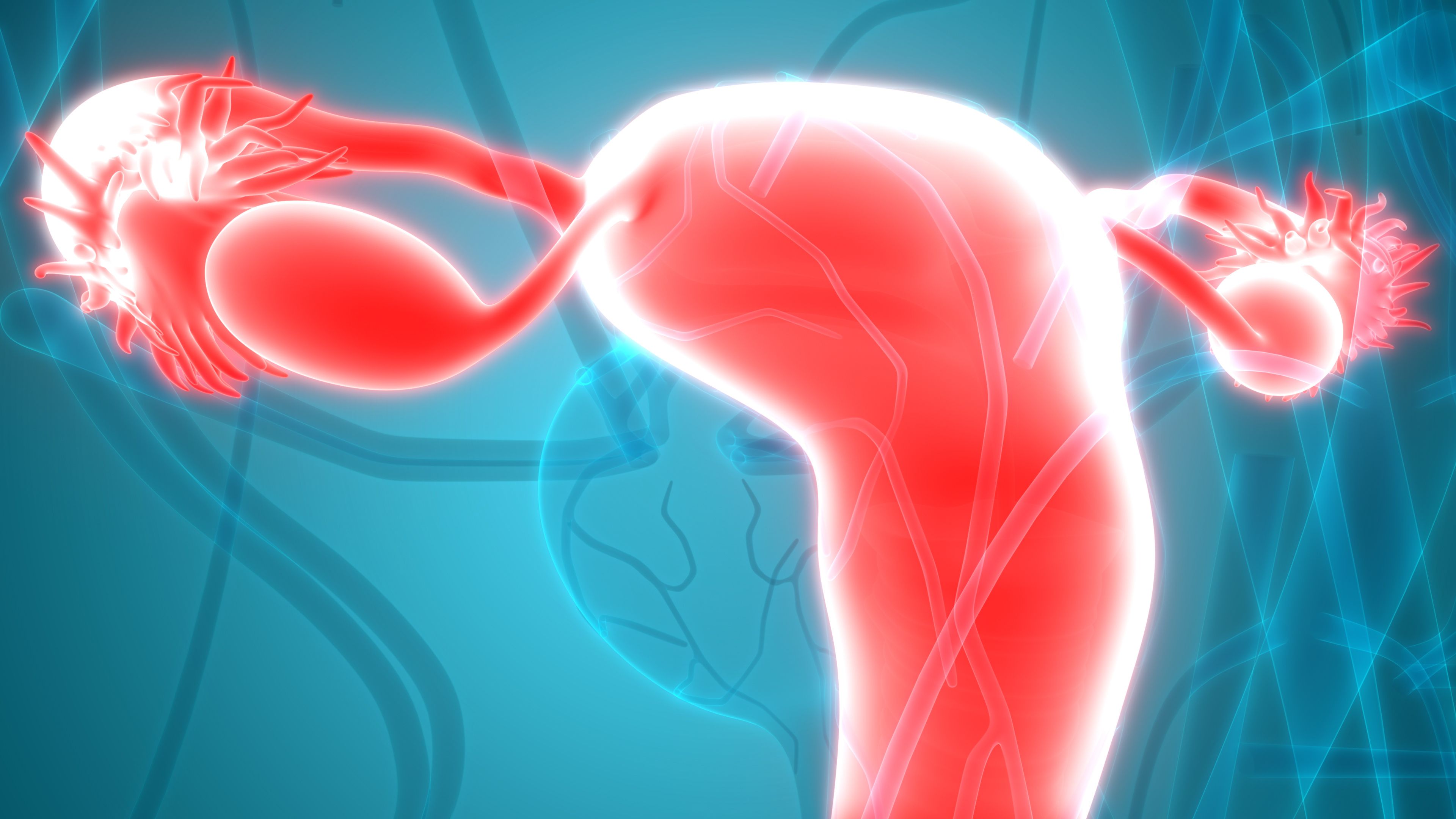GnRHa Not Associated with Increased PCOS Risk in Patients with Endocrine Disorders
Using data from more than 50 women, investigators determined exposure to GnRHa treatment was not associated with an increased risk of developing PCOS in women with CPP treated with GnRHa.

An analysis of data from more than 50 women is providing insight into the potential for increased risk of polycystic ovary syndrome (PCOS) associated with exposure to gonadotropin-releasing hormone analogue (GnRHa) therapy among patients with endocrine disorders.
Conducted by investigators at the Hebrew University of Jerusalem, results of the study suggest use of GnRHa therapy was not associated with an altered prevalence of PCOS among patients with central precocious puberty (CPP).
“Some earlier work demonstrated a higher prevalence of PCOS in females who had precocious puberty. However, there is conflicting evidence regarding an association between GnRH analogue therapy and PCOS, though these studies either assessed for PCOS only two years after menarche or focused on clinical signs of hyperandrogenism without laboratory or sonographic evaluation for PCOS,” wrote investigators. “This study aimed to evaluate the prevalence of PCOS as defined by the widespread criteria, and other endocrine outcomes in females diagnosed with CPP according to GnRH analogue treatment, hypothesizing that the GnRH analogue treatment itself may affect its occurrence.”
Led by Gilad Karavani, MD, a senior physician in the Department of Obstetrics and Gynecology at Hebrew University Medical Center, and a team of colleagues, the current study was conducted with an interest in describing the association between GnRHa therapy and PCOS among patients with CPP. With this in mind, investigators designed the current study as a retrospective cohort study using data from women treated in a university-affiliated medical center from 1989 through 2011.
Investigators identified a cohort of 51 women for inclusion in their study, which included 24 who had been followed by a pediatric endocrinologist without medical treatment and 27 who had been treated with GnRHa therapy. The mean follow-up time for study participants was 10.9±3.8 years and the age at follow-up ranged from 15.1-38.8 years. Investigators noted age at follow-up was similar among those treated with GnRHa therapy (19.9±4.6 years) compared to those who did not receive GnRHa therapy (18.7±1.8) (P=.38).
Among those treated with GnRHa, the mean age at initiation of treatment was 8.6±1.1 years, treatment was administered for a mean of 24.3±12.8 months. Investigators also pointed out the mean age at cessation of GnRHa treatment was 10.8±0.5 years and the mean time from its discontinuation to menarche was 10.0±3.5 months.
Upon analysis, results indicated the overall rate of PCOS diagnosis during the follow-up was 19.6%. Further analysis indicated PCOS occurred among 22.2% of the treatment group and 12.5% of the non-treatment group, but these results failed to reach statistical significance (P=.47). Investigators pointed out prevalence of oligomenorrhea or amenorrhea was 33.3% overall and similar rates were observed among both groups. Additionally, hyperandrogenism was reported among 29.6% of women in the GnRHa treatment group and 29.2% of those in the non-treatment group (P=.97).
Investigators also noted a univariate analysis assessing factors associated with PCOS in adulthood was performed and none of the parameters included, such as age, BMI, and clinical signs of puberty at CPP diagnosis, were found to be significantly different among CPP patients diagnosed with PCOS compared to the rest of the cohort.
“We did not find any GnRHa treatment-associated difference in frequency of PCOS, two decades and more after the precocious onset of puberty. This data supports the overall safety of GnRHa therapy with regard to PCOS occurrence,” wrote investigators in their conclusion.
This study, “Gonadotropin releasing hormone analogue treatment of central precocious puberty is not associated with altered prevalence of polycystic ovary syndrome: a single center cohort study,” was published in Clinical Diabetes and Endocrinology.